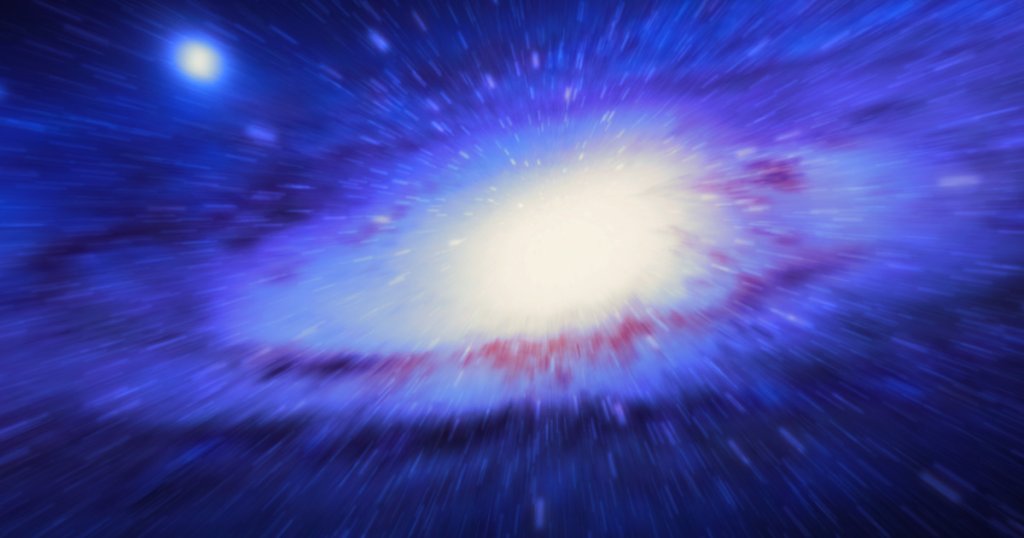
Something Strange Appears to Be Powering “Immortal” Stars at the Center of Our Galaxy (Image Credit: futurism-com)
Unlike celebrities, these stars won’t flame out.
Eternal Flame
The swirling vortex center of the Milky Way is a weird place, with a supermassive black hole that vacuums up interstellar matter and supernovae torpedoing hapless stars to the edges of our galaxy.
Add another strange thing about our galaxy’s nucleus, according to new research: stars that stay young indefinitely by feeding off dark matter particles, akin to continuously shooting lighter fluid into a flaming BBQ grill.
A team of scientists from Stanford and Stockholm University posed this possible scenario on why certain stars in the Milky Way’s center are improbably young by using computer simulations and factoring in the presence of copious dark matter in the galactic nucleus, as detailed in a new, yet-to-be-peer-reviewed paper they posted online where it was spotted by Live Science.
The researchers were drawn to the strange fact that stars near our galaxy’s black hole appear to be very young — and yet they live in a neighborhood not friendly to the formation of baby stars and have “spectroscopic features of more evolved stars,” the paper reads.
The scientists’ conclusion? That a strange force is keeping these stars “immortal,” in the paper’s choice of phrasing.
Forever Young
Other researchers have differing theories on why there are so many young stars at the center of the Milky Way. One theory is that the stars were pushed into the vicinity of the nucleus, and this journey sparked the formation of these baby stars.
But Isabelle John, a doctoral student in astroparticle physics at Stockholm University and the new study’s lead author, told Live Science that she and fellow researchers wanted to see if dark matter was a factor in this strange phenomenon.
They ran computer simulations, which strongly suggested that these stars may be older than they appear — and maintain their vibrant glow by feeding on surrounding dark matter.
These stars capture dark matter particles with their gravitational pull, the theory goes, and the particles smash against each other and release powerful bursts of energy inside the stars.
This energy works like interstellar botox, keeping these stars in a suspended state of youth — essentially staying “immortal” — even when they run out of internal fuel for nuclear fusion.
“Stars burn hydrogen in nuclear fusion,” John told Live Science. “The outward pressure from this balances out the inward pressure from the gravitational forces, and keeps the stars in a stable equilibrium.”
Advanced new telescopes may be able to confirm these computer simulations, the researchers say — shedding fascinating new light on at least one mystery at the heart of our galaxy.
More on dark matter: The Earth May Be Swimming Through Dark Matter, Scientists Say
Share This Article





